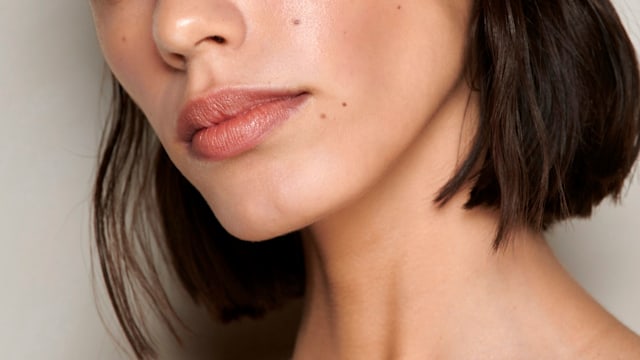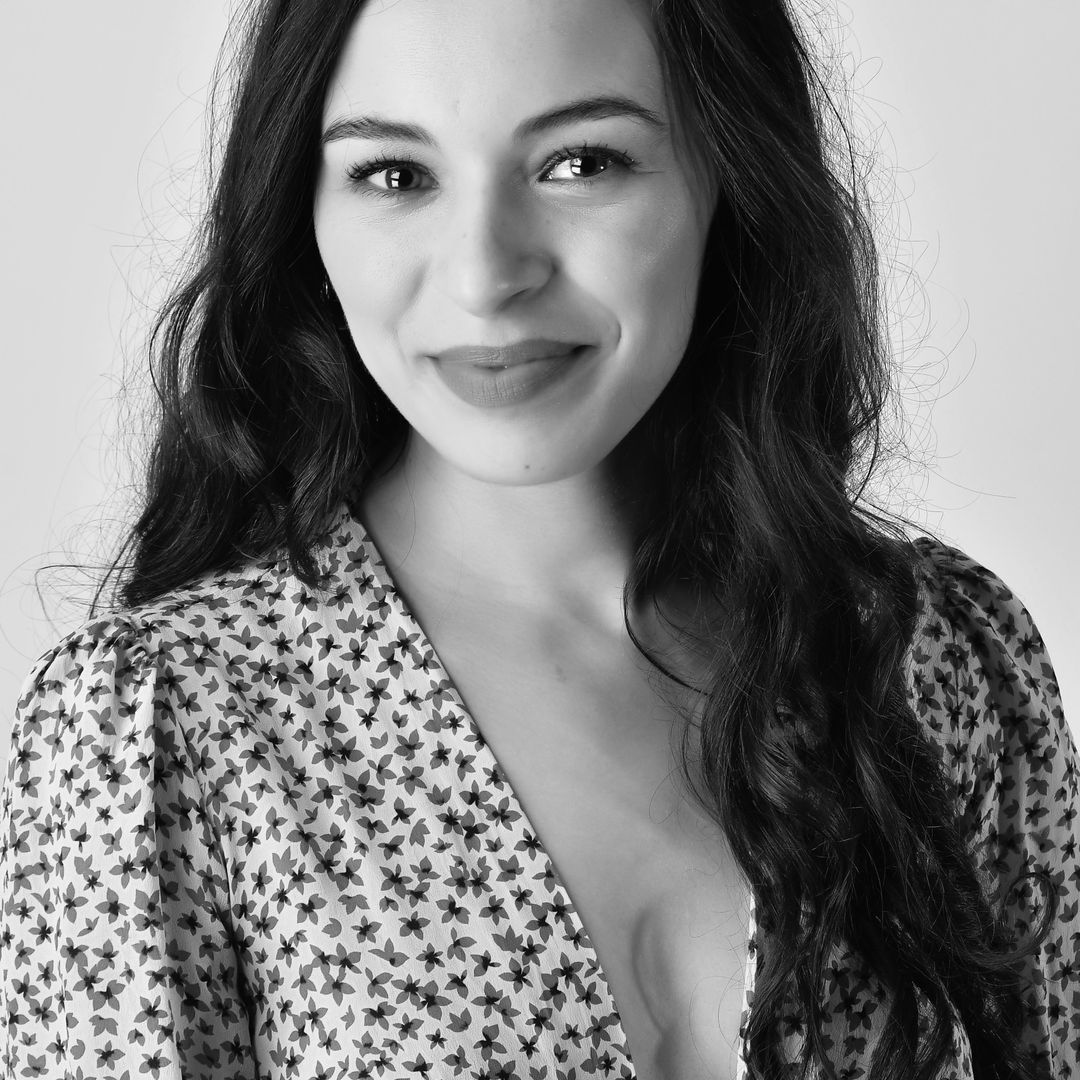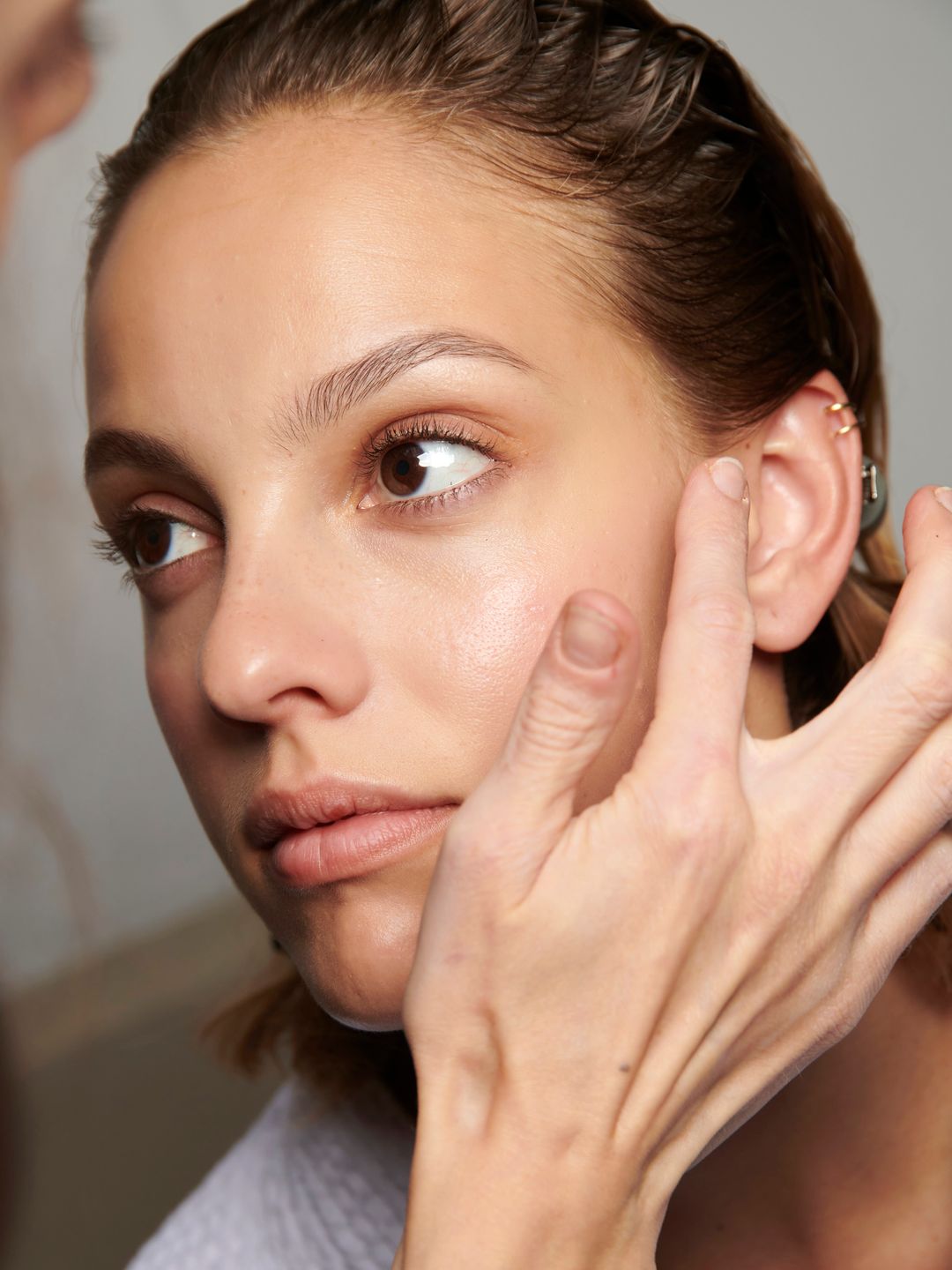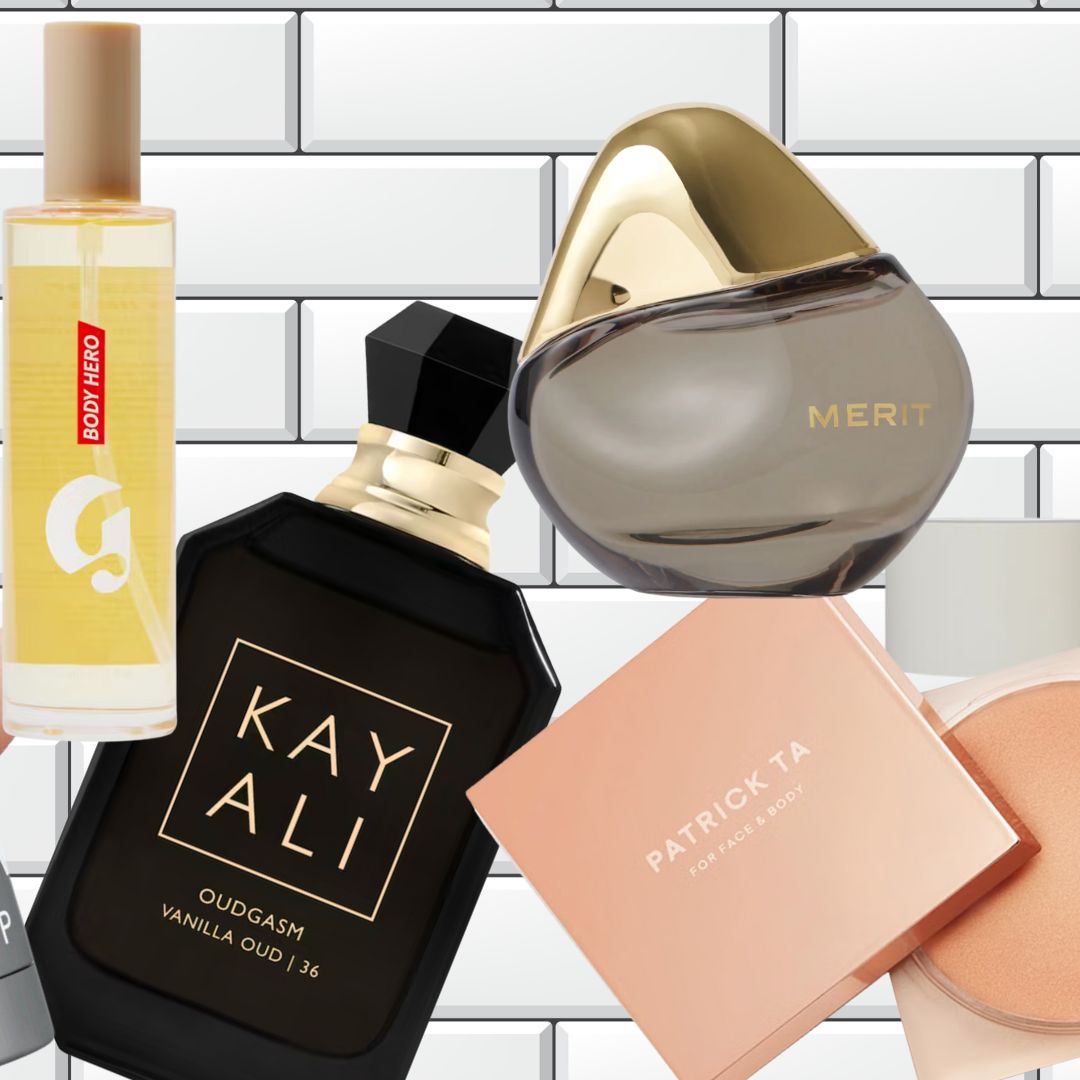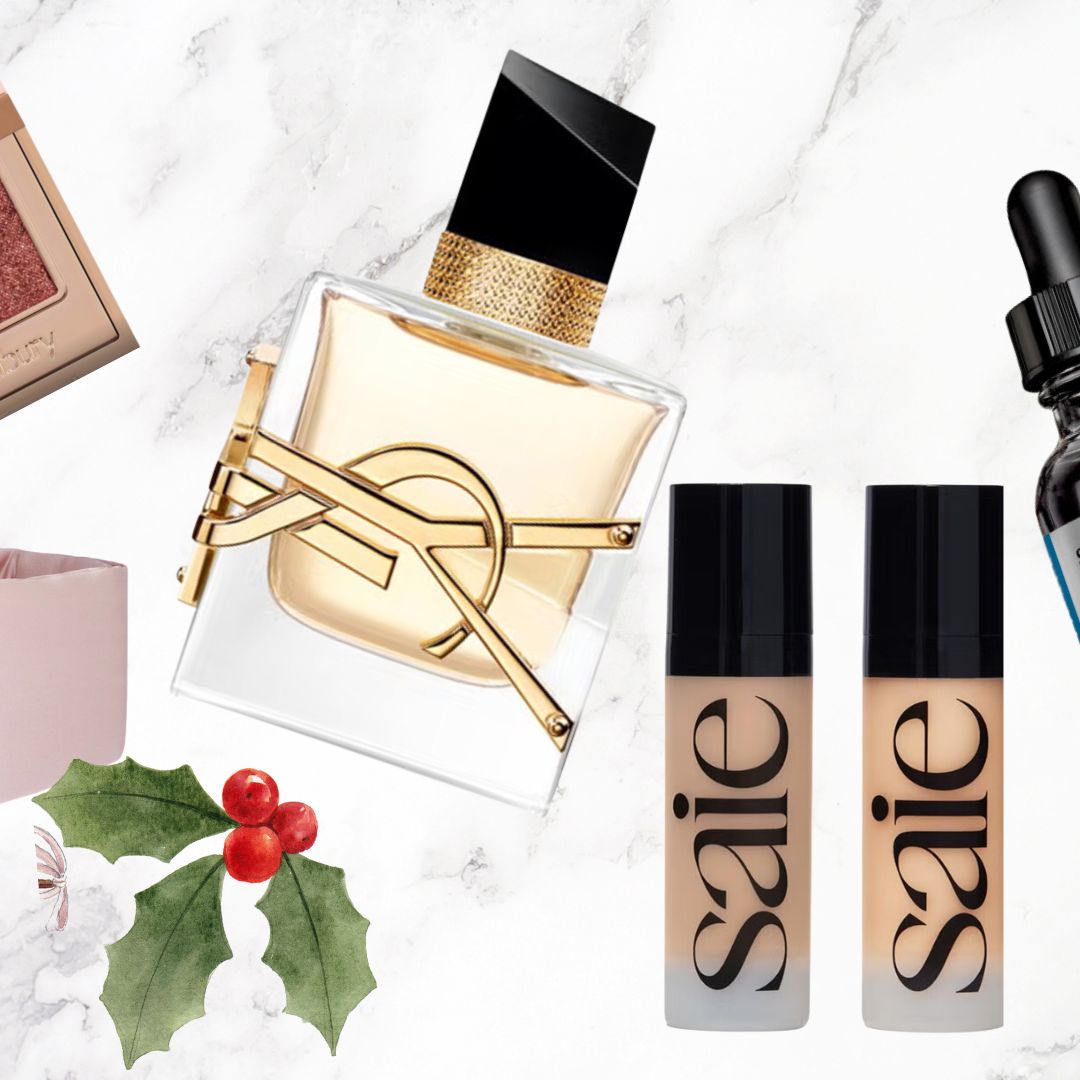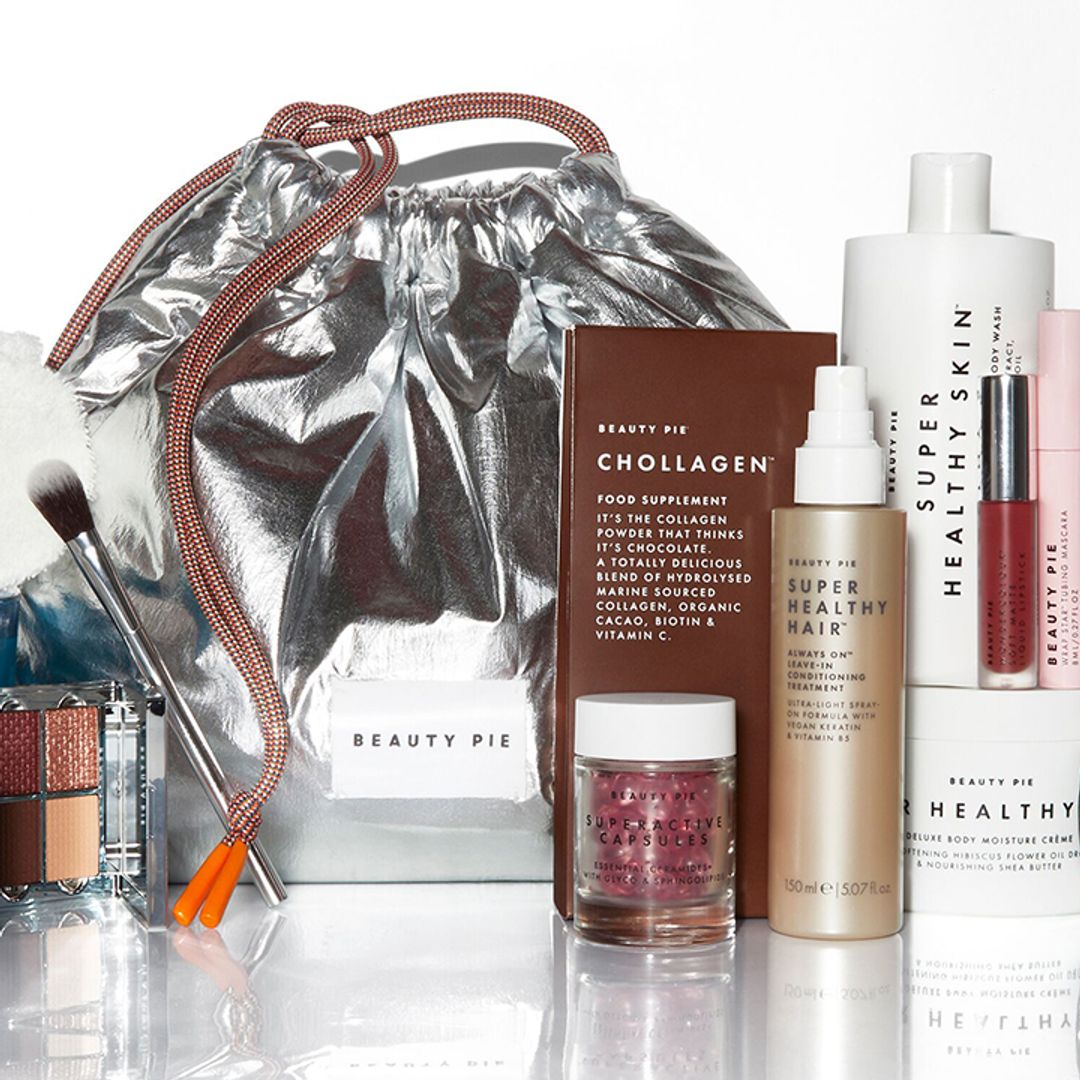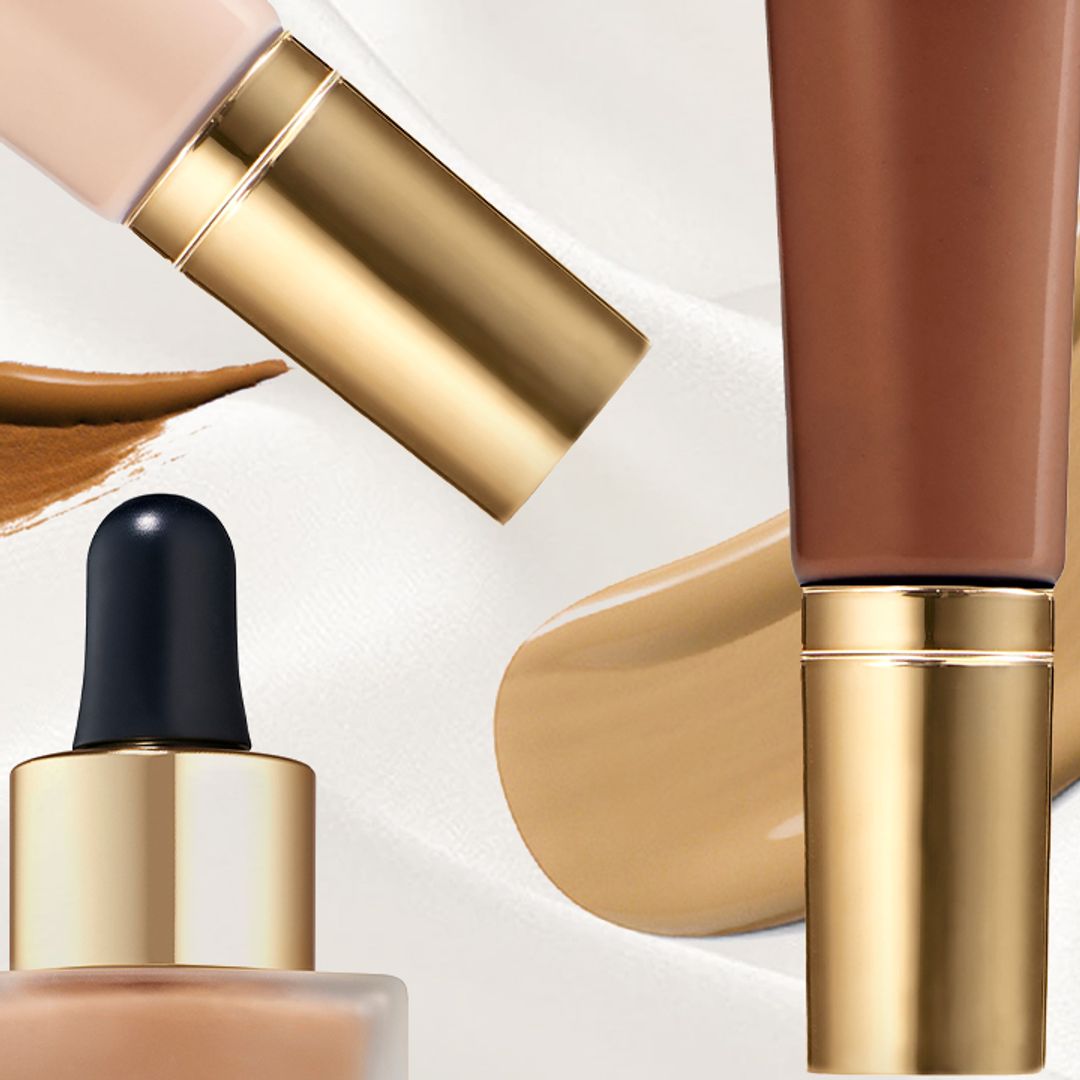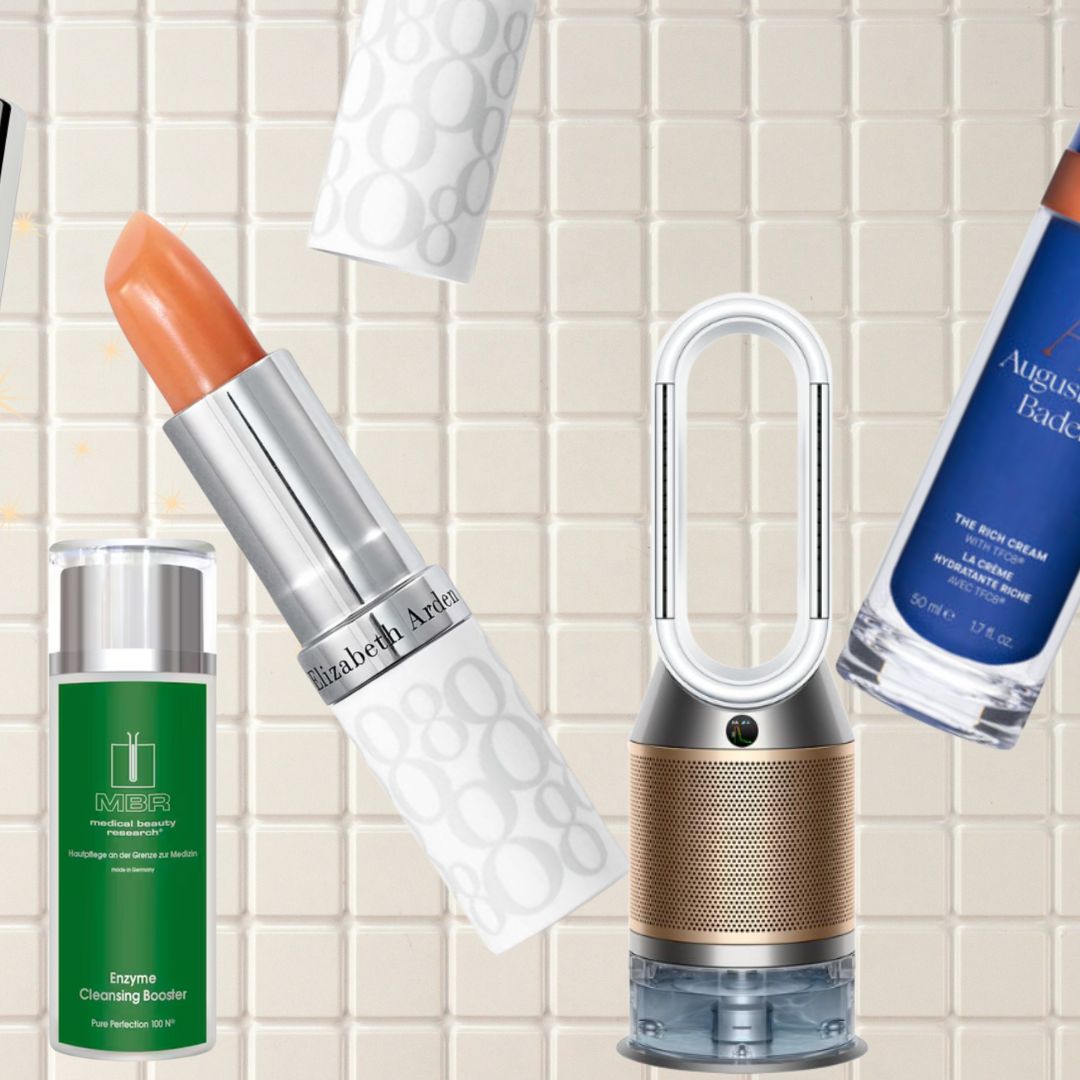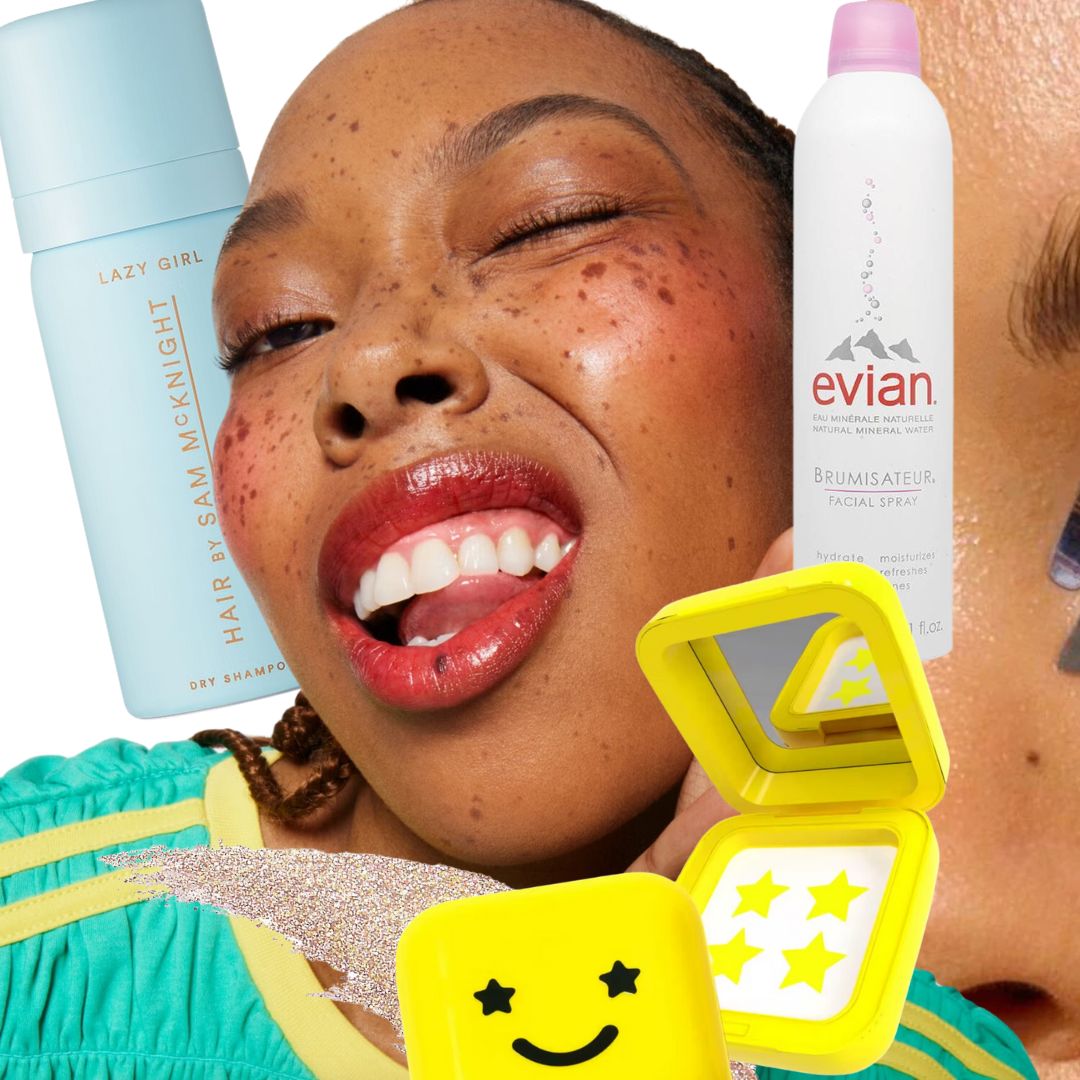Sure, finding the right formula is half the battle, but when it comes to the pursuit of silky smooth, soft-focus skin, foundation application is king.
The slapdash approach simply won't cut the mustard – not if you are serious about achieving a totally flawless finish.
Foundation application is a fine art, but getting it bang on is actually much easier than you'd realise. Knowing which tool to use and how best to apply it will stand you in excellent stead for all future makeup moments.
MORE: Cream vs. Powder Bronzer: Which is best for your skin type?
How we chose:
Makeup artist-approved: The product inclusions have been selected by international makeup artist Liz Pugh, all of which she loves and relies upon in her pro kit.
Step 1: Skin Prep
A gloriously smooth canvas will help your foundation glide over the top with ease, and so getting the skin in tip-top condition beforehand is key. If you are applying your makeup in the morning, this may call for employing some depuffing techniques.
"I always incorporate massage when I prep the skin to get the blood circulation going," says Liz. "I use an oil, my go-to products are by La Mer, Augustinus Bader and Decléor. I incorporate tools like a gua sha or Jillian Dempsey's Gold Bar, depending on what the skin needs. The skin should be as hydrated and as healthy-looking as I can get it for my blank canvas."
MORE: Rare Beauty review: the 5 products from Selena Gomez's beauty brand that you need in your life
Step 2: Primer
While Liz actually tends to swerve this extra base step unless she is working on a red carpet client and needs the makeup to last without touch ups, primer can make a world of difference.
Silicone formulas can effectively smooth over skin texture, giving it a temporarily more uniform finish and providing foundation with a layer to grip onto. But beware: silicone primers run the risk of rubbing against other products and causing peeling (the makeup equivalent of a cashmere sweater succumbing to pilling). Totally infuriating.
When Liz does opt for primer, she favours a mattifying formula which in turn minimises the amount of powder she has to apply. "My go-to primers in my kit are Clé de Peau's Pore-Refining Mattifying Veil and Laura Mercier's Pure Canvas Primer Blurring Primer," she says. "I can then add controlled highlights into the skin where I want them to be."
Step 3: Tools
Brushes, sponges, fingers – which is your weapon of choice? Liz prefers a mixture of tools. "I love the warmth of my hands when working in foundation as it warms the product perfectly into the skin," she explains. "I tend to apply with a brush first, and finish with a Beautyblender."
Essentially, it boils down to personal preference. Brush-wise, fat, buffing styles can be better at guaranteeing a streak-free finish in comparison to flatter styles. Sponges are also useful for achieving a seamless blend, but you absolutely must wash it properly after use otherwise it will quickly turn into a bacteria breeding ground.
Step 4: Application
"Foundation should never look like a mask on the skin," Liz rightly says, and that means applying the product sparingly until you have reached your desired coverage. "I apply foundation to the centre of the face, a little on the forehead (never close to the hairline), down the centre of the face and under the eyes."
She then applies some over the eyelids followed by face powder to prevent powder eyeshadows from clinging and is also careful to cater to the area around the nose and chin where there is often the most discolouration.
Step 5: Blending
"I then blend this out with the fingers, almost massaging it into the skin," Liz explains. "I use a small fluffy brush around the eyes and nose as it gives a little more precision. You should never have a build-up of foundation around the hairline, so this method diffuses the edges. I always finish with a clean, damp Beautyblender, pressing it gently over the skin for the perfect, seamless finish."
Why you should trust Liz:
With a wealth of industry experience under her belt, Liz Pugh is one of the world's most respected makeup artists. She cut her teeth under the likes of Pat McGrath and Linda Cantello, and over the course of her career has worked on countless editorials and backstage at the shows. She knows her craft inside out - hence why we've quizzed her on all things foundation application-related.
Like this story? Sign up to our Hello! Fashion newsletter to get your weekly 'Fashion Fix' delivered straight to your inbox.
HELLO!'s selection is editorial and independently chosen – we only feature items our editors love and approve of. HELLO! may collect a share of sales or other compensation from the links on this page. To find out more visit our FAQ page.
